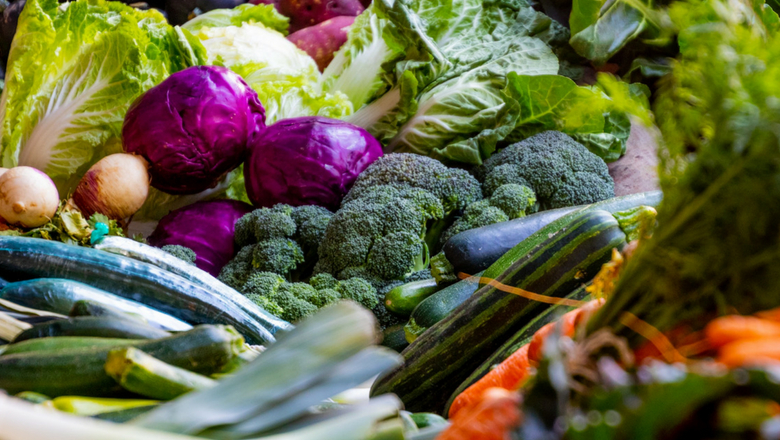Provided by Family Wellness First Nutrition, published by ICPA, Inc., Issue #2, written by Kelly Hayford, C.N.C.
When Betty first started nutrition and health coaching she was taking seven medications, had severe osteoarthritis, could barely walk, was in constant pain and had to catheterize herself daily—among other things. She had heard that making dietary changes could be beneficial to her health, but doubted it could work for her. Betty sought nutritional consulting only because she could no longer afford her medications and her friend had insisted.
Although skeptical at first, Betty was delighted when, in just a few weeks she was able to go off four of her medications, was virtually pain-free, could walk without using her walker, had lost a few pounds, and was generally beginning to feel much better. In addition, her cholesterol had dropped below what it had been when she was taking cholesterol-lowering medications.
What did Betty do to achieve such dramatic results so quickly?
It may surprise you that she didn’t cut or count calories, carbohydrates or fat, take a special pill, or start working out. She simply began to switch from the low-quality, chemical-laden processed food brands she had been eating for years, to higher quality, additive-free natural food brands. She also began to include a couple servings of fresh produce into her diet each day.
How can this be so?
This is so because the most popular brands of processed, packaged chemical-laden foods (pseudofoods or fake foods) so widely consumed today, are harmful to the body. Aside from the obvious diet-related conditions such as heart disease, diabetes, or obesity, few people realize poor nutrition in general, is the primary cause of all chronic symptoms and disease.
Food Matters!
Like Betty, an increasing number of people are becoming aware of this relationship between diet and disease and revamping their diets. Following is a brief overview of five Eating-for-Health Guidelines that can help you stay, or get back on the road to health:
- If it’s not food, don’t eat it! The very definition of “food” is that it is nourishing to the body. Consequently, anything that is not nourishing to the body (i.e. fake foods containing refined sugars, hydrogenated oils, chemical additives, etc.) is not food—don’t eat it! And if you do, wait a long time before you do it again so your body can recover.
- Eliminate or relegate stimulants to rare occasions. Stimulants or extreme foods send your body’s chemistry soaring out of balance causing a variety of symptoms including fatigue, brain fog and weight gain. Stimulants include: sugars and other refined carbohydrates (i.e. high fructose corn syrup, white refined flour, etc.), refined salt, caffeine, and alcohol. Less stimulants, equal more health and energy.
- Eat an abundance of whole, fresh, natural foods. Anything that comes in a box, can or package is a processed food (with the exception of some unprocessed brown rice or legumes, for example). Whole, fresh, natural foods (preferably organic) such as produce, meats, fish, poultry, whole grains, legumes and seeds are always your best choice. When you do consume processed foods, natural brand foods that don’t contain toxic chemical additives are your best choice.
- Account for food allergies & sensitivities when making food choices. The most common food allergens (i.e. wheat, dairy, soy, corn, etc.) are notorious for causing acid reflux and other digestive problems, constipation, sinusitis, depression, arthritis and more. Most people today are allergic or sensitive to one or more of these foods—and most don’t know it! Follow a basic elimination diet to learn which foods may be affecting you.
- Account for ailments when making wise food choices. There isn’t any condition in the body that can’t be improved by improving your diet. As you start improving the quality of the foods you eat, you’ll start feeling better and improving the overall quality of your health. Also, learn which foods exacerbate or help improve any specific conditions in order to give your body every opportunity to heal.
When applied consistently over time, these five Eating-for-Health Guidelines produce “amazing” results as Betty can attest. It’s miraculous what the body can do when fueled properly—energy is restored, excess weight is dropped, body systems are regenerated, disease is reversed, and nagging symptoms disappear.
Where should you begin? Start with the basics: if it’s not food, don’t eat it!

